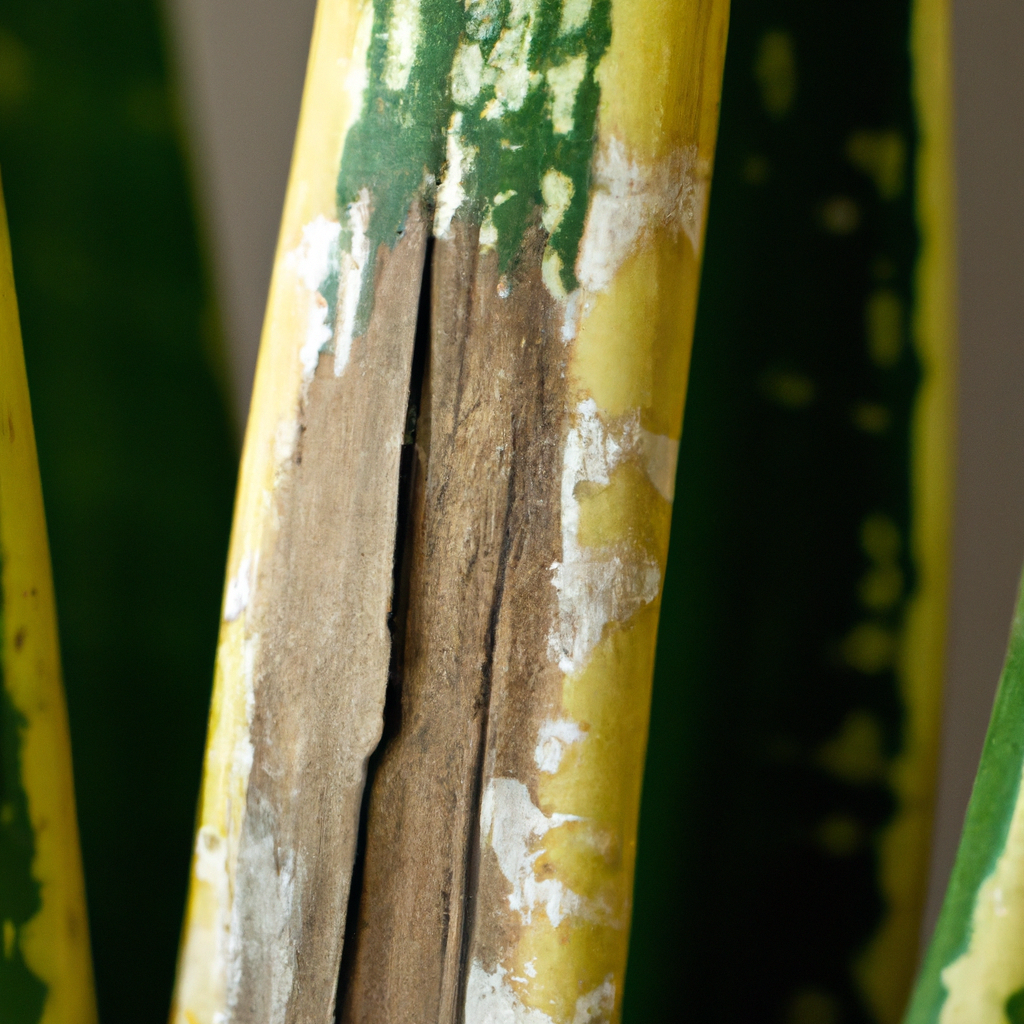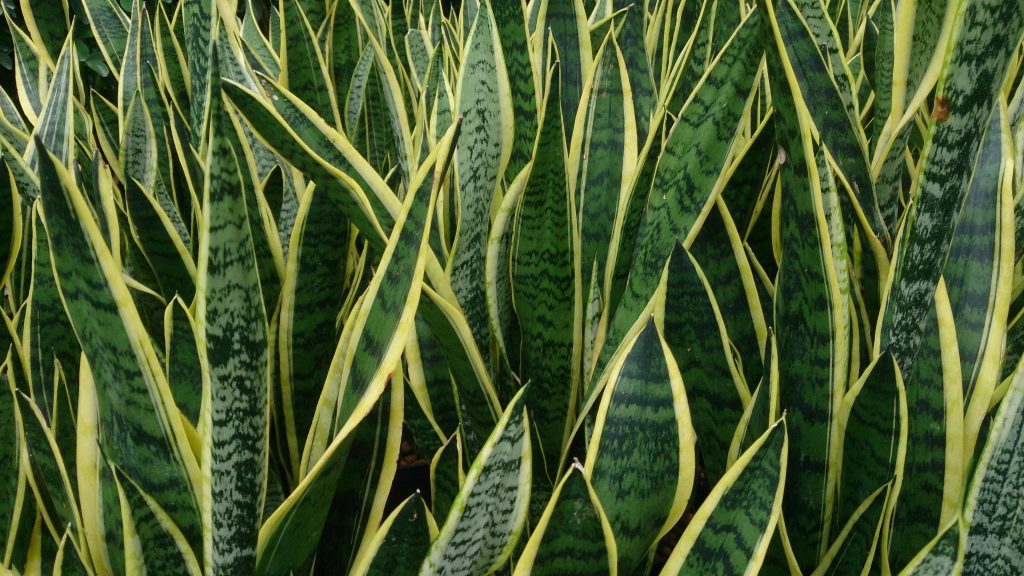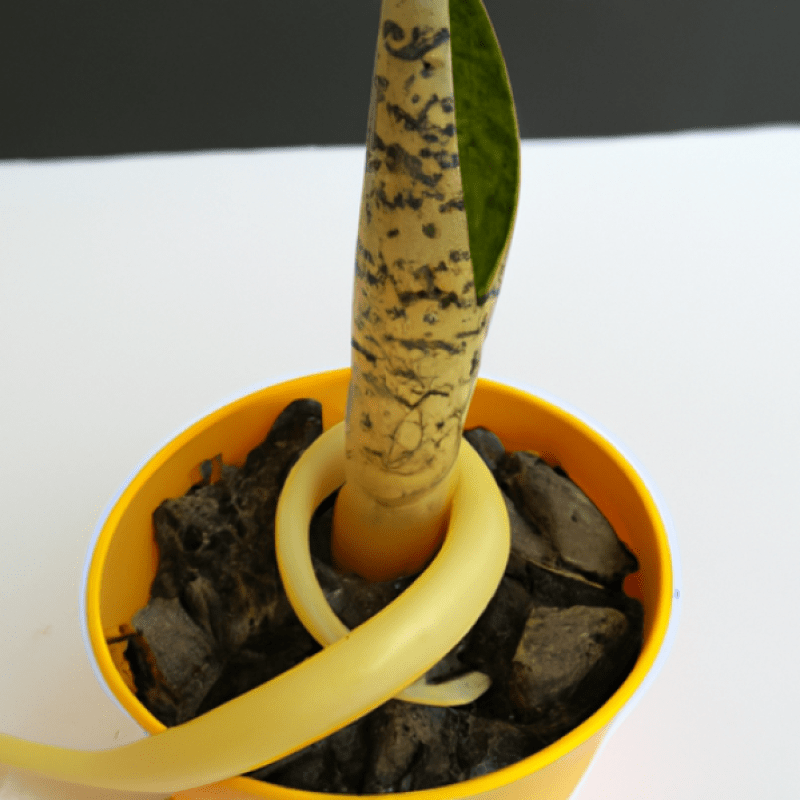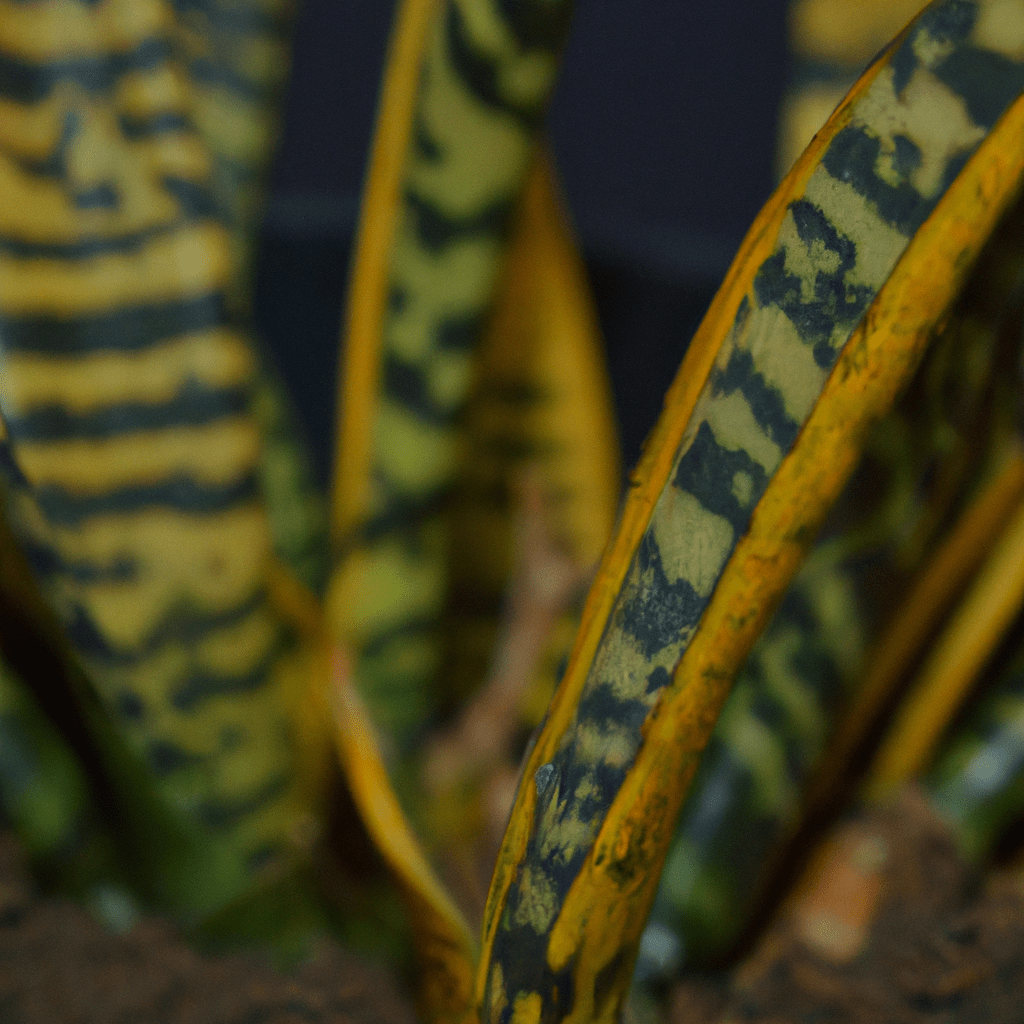Listen up, plant enthusiasts! We all know that caring for indoor plants can be a bit of a challenge. But if you’re a proud owner of a Sansevieria Fernwood Mikado, then you know that this gorgeous plant is worth all the effort. However, even the most experienced green thumbs can face common problems with this particular species. But fear not, because we’ve got your back! In this article, we’ll be exploring the most common Sansevieria Fernwood Mikado problems and how to fix them. So, grab your gardening gloves and let’s get started!
1. What are common problems with Sansevieria Fernwood Mikado?
Sansevieria Fernwood Mikado, also known as snake plant or mother-in-law’s tongue, is a popular houseplant that is valued for its low maintenance and air-purifying qualities. However, like any living organism, it can face various challenges that may affect its growth and health. Some common problems with Sansevieria Fernwood Mikado are:
– Overwatering: Since Sansevieria Fernwood Mikado is a succulent, it can tolerate drought better than excess moisture. Overwatering can lead to root rot, yellowing leaves, and wilting. To avoid this, allow the top inch of soil to dry out before watering and use a well-draining potting mix.
– Lack of light: Although Sansevieria Fernwood Mikado can survive in low light conditions, it prefers bright, indirect light for optimal growth and color. If the leaves become pale or floppy, move the plant to a brighter spot and rotate it occasionally to ensure even exposure.
– Pests: Sansevieria Fernwood Mikado is resistant to most insects and diseases, but it may attract spider mites, mealybugs, or scale if the humidity is too low or the plant is stressed. Inspect the leaves regularly for signs of infestation and treat with an insecticidal soap or oil if necessary.
By addressing these issues early and appropriately, you can help your Sansevieria Fernwood Mikado thrive and bring a touch of nature to your indoor space.
2. How do I know if my Sansevieria Fernwood Mikado is healthy?
To determine the health of your Sansevieria Fernwood Mikado, inspect its leaves for any signs of discoloration or wilting. A healthy plant will have firm, upright leaves that are a vibrant shade of green. Check the soil for moisture, as overwatering can lead to root rot and under watering can cause the leaves to droop. Additionally, look for any pest infestations or diseases, as these can quickly harm the plant’s overall health. Regularly fertilizing and repotting the plant can also help maintain its health and vitality.
3. What pests commonly affect Sansevieria Fernwood Mikado?
Sansevieria Fernwood Mikado is a resilient plant that can thrive in different environments. However, it is still prone to pest infestations that can damage its leaves and weaken its overall health. Some of the pests that commonly affect Sansevieria Fernwood Mikado include:
- Spider mites: These tiny pests can quickly reproduce and cause significant damage to the leaves of Sansevieria Fernwood Mikado. They feed on the plant’s sap, resulting in yellowing, curling, and drying of the leaves.
- Scale insects: These pests attach themselves to the leaves and stems of Sansevieria Fernwood Mikado and suck out its sap. They release a sticky substance that attracts ants and can lead to fungal infections.
- Mealybugs: These pests look like small cotton balls and can be found in clusters on the leaves and stems of Sansevieria Fernwood Mikado. They feed on the plant’s sap and can cause stunted growth and yellowing of the leaves.
To prevent and control these pests, it is essential to maintain a clean and healthy environment for Sansevieria Fernwood Mikado. Regularly inspect the plant for any signs of infestation and immediately isolate the affected plant to prevent the pests from spreading. You can also use organic insecticides or natural remedies such as neem oil, rubbing alcohol, or soapy water to control the pests.
4. Can overwatering cause problems for Sansevieria Fernwood Mikado?
Overwatering can indeed cause problems for Sansevieria Fernwood Mikado. This plant is native to arid regions and is adapted to tolerate drought, so it is important to avoid overwatering. Signs of overwatering include yellowing or wilting leaves, root rot, and mold or fungus growth. To prevent overwatering, allow the soil to dry out completely between waterings and make sure the pot has proper drainage. If the plant shows signs of overwatering, reduce watering and remove any damaged or rotted roots.
5. How often should I fertilize my Sansevieria Fernwood Mikado?
It is crucial to fertilize Sansevieria Fernwood Mikado plants during their active growing season, which is typically in the spring and summer months. However, over-fertilizing can cause damage to the plant and hinder growth. It is recommended to fertilize every 4-6 weeks with a balanced, water-soluble fertilizer diluted to half strength. Ensure the soil is moist before applying fertilizer and flush the soil with water after fertilizing to avoid buildup. Observe the plant’s reaction to fertilizer and adjust accordingly.
6. What is the best soil for Sansevieria Fernwood Mikado?
Sansevieria Fernwood Mikado thrives in well-draining, sandy soil with a slightly acidic to neutral pH range of 6.0 to 7.5. The soil should also be rich in nutrients, such as organic matter and nitrogen, to promote healthy growth and prevent nutrient deficiencies. Adding perlite or coarse sand to the soil mixture can improve drainage and prevent waterlogging, which can cause root rot. It is also important to ensure that the soil is not compacted, as this can limit root growth and reduce nutrient uptake. Regular fertilization with a balanced fertilizer can help maintain soil fertility and promote optimal growth.
7. How do I prune my Sansevieria Fernwood Mikado?
To prune your Sansevieria Fernwood Mikado, follow these steps:
- Identify the leaves that are damaged, broken, or yellowing. These leaves should be removed as they are not contributing to the plant’s health.
- Using a sharp and sterilized pruning tool, make a clean cut at the base of the damaged leaf.
- Remove any dead or dried-up leaves at the base of the plant to improve air circulation and prevent disease.
- Trim the tips of any overgrown leaves to maintain a desirable size and shape.
- Make sure to only remove up to one-third of the plant’s leaves at a time to avoid shocking the plant.
Remember to always wear gloves when pruning Sansevieria as its leaves can be sharp and cause irritation. Proper pruning will help maintain the health and appearance of your Sansevieria Fernwood Mikado.
8. What temperature range is best for Sansevieria Fernwood Mikado?
Sansevieria Fernwood Mikado thrives in warm temperatures and can tolerate a wide range of temperatures. The ideal temperature range for this plant is between 60 °F to 75 °F during the day and 50 °F to 60 °F at night. However, it can also tolerate temperatures as low as 40°F and as high as 90°F. It is essential to avoid exposing this plant to temperatures below 40 °F as it can lead to damage or death. Additionally, fluctuations in temperature can cause stress and affect the plant’s growth and health. Providing consistent temperatures within the recommended range is key to keeping this plant healthy and thriving.
9. What is the growth rate of Sansevieria Fernwood Mikado?
The growth rate of Sansevieria Fernwood Mikado can vary depending on several factors. Some of these factors include environmental conditions, such as light, temperature, and humidity, as well as soil quality and watering habits. In general, Sansevieria Fernwood Mikado is a slow-growing plant, with new growth appearing sporadically over time. However, with proper care and attention, it is possible to encourage more rapid growth and development. This can be achieved by providing adequate light and water, as well as using a nutrient-rich soil and fertilizing regularly. Additionally, pruning and propagation can also help to stimulate growth and maintain the health and vitality of this beautiful plant.
10. Can Sansevieria Fernwood Mikado tolerate low light conditions?
Sansevieria Fernwood Mikado is a sturdy and adaptable plant, but it does prefer bright and indirect sunlight, making it less tolerant of low light conditions. However, it can still survive in low light environments, but its growth may slow down, and the leaves may become less vibrant and smaller in size. It is important to note that even though it can tolerate low light conditions, it still requires some amount of light to survive and should not be kept in complete darkness. If you plan on keeping Sansevieria Fernwood Mikado in low light conditions, it is advisable to supplement its light requirements with artificial light sources like LED grow lights.
Well, that’s a wrap folks! We’ve covered all the common problems you might come across with your Sansevieria Fernwood Mikado. From overwatering to mealybugs, we’ve got you covered with some simple solutions to keep your plant happy and healthy. Remember, Sansevierias are tough cookies, so don’t be too hard on yourself if you encounter some bumps along the way. With a little love and attention, your Mikado will continue to thrive and be the envy of all your plant-loving friends. Happy planting!



